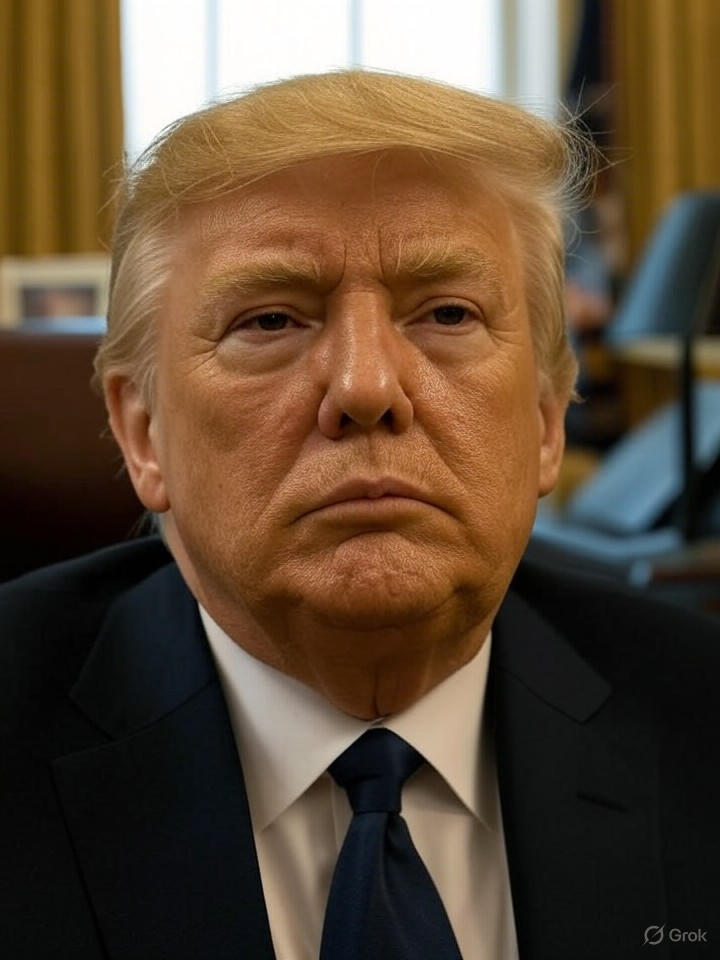As President Donald Trump’s administration ramps up its trade offensive with steep tariffs on Indian imports, the ripple effects are reverberating through New Delhi’s economic corridors. Effective from early August 2025, these measures include a 50% levy on various goods, escalating from an initial 25% announcement, targeting sectors like textiles, leather, and electronics. This policy shift, aimed at curbing what Trump calls unfair trade practices—including India’s continued purchase of Russian oil—has sparked urgent debates among policymakers and industry leaders about the nation’s vulnerability to external shocks.
Analysts estimate that the tariffs could shave off 0.2% to 0.4% from India’s GDP growth, according to insights from Hindustan Times. Labor-intensive industries, such as gems and jewelry, are particularly at risk, with potential export declines of 40-50% to the U.S., India’s largest trading partner. The measures come at a precarious time, as global demand slows and domestic inflation pressures mount, forcing exporters to rethink supply chains.
The Sectoral Fallout and Immediate Market Reactions
In the commodities space, the tariffs have triggered volatility, with gold prices hitting record highs while crude oil dips amid demand fears, as reported by The Economic Times. The Indian rupee has weakened against the dollar, exacerbating costs for importers. For manufacturers, this means higher barriers to the U.S. market, where India exported $87 billion worth of goods last year—equivalent to about 2.5% of its GDP. Sectors like automobiles and chemicals face maximum exposure, with potential job losses estimated at 10 million, per analysis from The Quint.
Beyond goods, the $280 billion IT services industry, heavily reliant on U.S. clients, is bracing for indirect hits. Posts on X highlight concerns that tariffs could inflate U.S. costs, leading firms to cut tech spending and outsourcing, potentially penalizing companies like TCS and Infosys. While services aren’t directly taxed, visa restrictions and fines loom as additional threats, echoing sentiments in recent X discussions about the sector’s “double threat” from AI disruption and trade policies.
Calls for Domestic Reforms and Strategic Pivots
The tariffs have ignited calls for internal reforms, as detailed in a recent Yahoo Finance report, which notes growing advocacy for easing business regulations and boosting manufacturing competitiveness. Indian officials are exploring support measures for hard-hit sectors, including subsidies and export incentives, to mitigate the blow. Prime Minister Narendra Modi’s government may accelerate initiatives like “Make in India” to diversify away from U.S. dependence, focusing on markets in Europe and Southeast Asia.
However, experts warn that without swift negotiations, the U.S.-India partnership—carefully built over years—could fray. A The Hindu live blog quotes U.S. senators expressing concerns over this risk, while Trump has threatened even harsher 100% duties on foreign chips, potentially affecting India’s burgeoning electronics exports. Some X users point to silver linings, like Indian textiles becoming relatively cheaper compared to competitors in Bangladesh, but overall sentiment leans toward caution.
Long-Term Implications for Global Trade Dynamics
Looking ahead, the tariffs underscore broader tensions in global trade, with Trump’s policies throwing economies into flux, as explored in a BBC explainer on how such measures drive up U.S. prices and stifle innovation. For India, this could accelerate a shift toward self-reliance, but at the cost of short-term pain. Industry insiders suggest that forging new trade deals, perhaps with exemptions for pharma—where India enjoys a carve-out—might cushion impacts.
Ultimately, as negotiations loom with a 20-day window to avert further escalation per BBC reports, India’s response will test its economic resilience. With U.S. stocks shrugging off the hikes according to The Times of India, the onus falls on Delhi to innovate amid adversity, potentially reshaping its industrial future.




 WebProNews is an iEntry Publication
WebProNews is an iEntry Publication